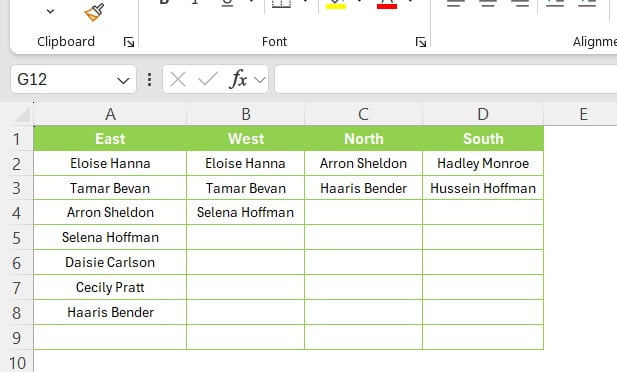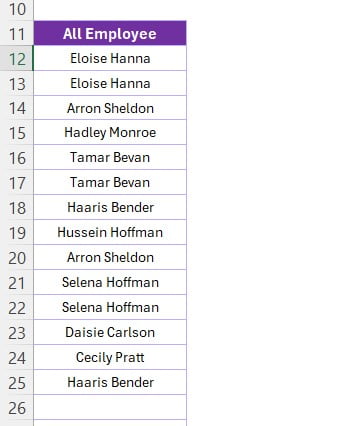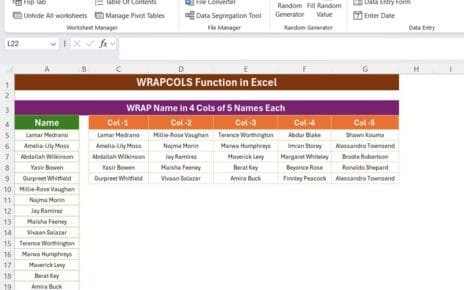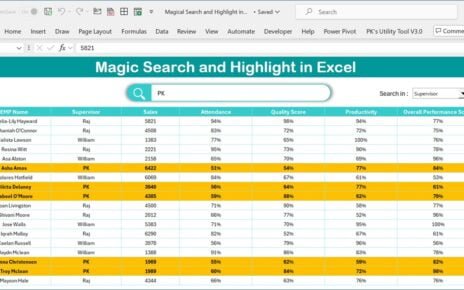In the world of Excel, there are countless functions designed to make your data management easier and more efficient. One such function is TOCOL, a powerful tool that can help you organize your data seamlessly. In this blog post, we’ll walk you through the process of using the TOCOL function in Excel, especially when you need to work with wildcards. By the end of this guide, you’ll have a clear understanding of how to apply this function to your data. So, let’s dive in!
Understanding the TOCOL Function:
First things first, what exactly is the TOCOL function? The TOCOL function in Excel is designed to convert data from multiple columns into a single column. This is particularly useful when you’re dealing with scattered data across different columns and want to compile it into a more manageable format.
But wait, there’s more! The TOCOL function also allows you to use wildcards to filter and manage your data more effectively. This means you can quickly find specific data points, such as names or locations, without manually sorting through each column. Sounds handy, right?
The Data Setup

Before we jump into the actual formula, let’s take a look at the data we’ll be working with. We have a dataset organized into four columns:
- Column 1: Available on range A1
- Column 2: Available on range B1
- Column 3: Available on range C1
- Column 4: Available on range D1
These columns contain a list of employee names associated with different regions: East, West, North, and South.
Now, our goal is to compile all the names listed under these four regions into a single column using the TOCOL function. Ready to see how it’s done?
The TOCOL Function in Action:

To achieve our goal, we’ll use the TOCOL function. The syntax for this function is pretty straightforward. Here’s the formula we’ll be using:
=TOCOL (A2:D9, 1)
Let’s break this down. The first argument (A2:D9) is the range that includes all the data from columns A through D. The second argument (1) tells Excel to scan the data by rows, compiling it into a single column.
The Result:
After applying the TOCOL function, you’ll get a neat list of all the employee names from the East, West, North, and South regions. Here’s what the output looks like:
And just like that, all your data is now neatly organized in a single column! Isn’t it amazing how a simple formula can save you so much time?
Conclusion:
The TOCOL function in Excel is a fantastic tool for anyone looking to streamline their data management processes. By using it, you can quickly gather scattered data from multiple columns into one, making it easier to analyze and work with. Whether you’re dealing with names, numbers, or any other type of data, TOCOL has got you covered.
So, the next time you’re faced with organizing data in Excel, remember the TOCOL function—it might just be the solution you need! And don’t forget, using wildcards with TOCOL can make your life even easier when working with large datasets.
Have you tried using the TOCOL function in your Excel projects? Let us know in the comments how it worked for you!
Visit our YouTube channel to learn step-by-step video tutorials
View this post on Instagram
Click hare to download the practice file


